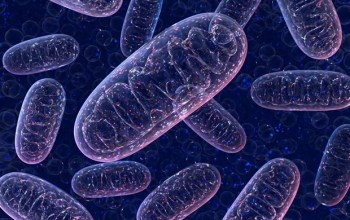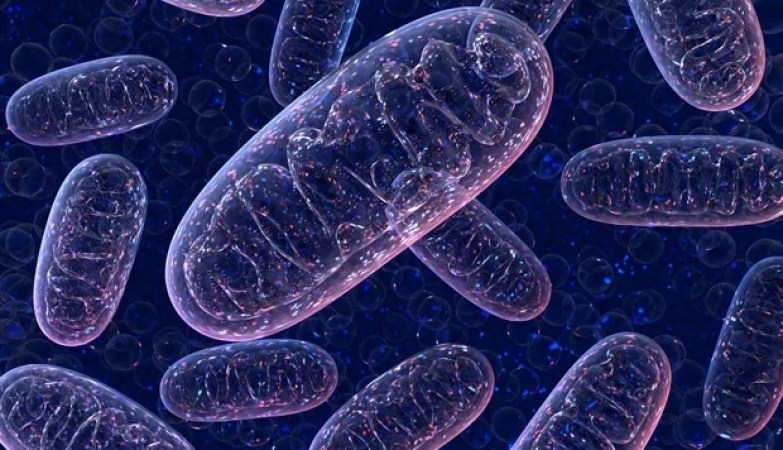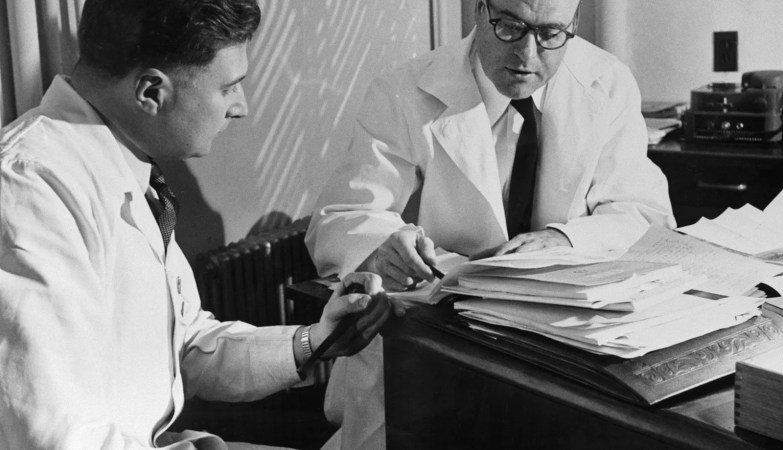Skin can generate antibodies, independent of the rest of the immune system.Credit: kazuma seki/Getty
The skin — once thought to be a mainly passive barrier — can produce its own antibodies that fight off infections, a pair of studies reports in Nature this week1,2. The findings could pave the way for the development of needle-free vaccines that can be applied to the skin.
Although scientists have previously seen immune responses in the skin during infections, finding similar reactions in healthy skin is “a surprise”, says Daniel Kaplan, a dermatologist and immunologist at the University of Pittsburgh in Pennsylvania. “The idea of a semi-autonomous immune system in a peripheral tissue is very exciting,” he says.
Dual role
The immune system has to fight off harmful pathogens without attacking the helpful microorganisms that inhabit the body. Previous research showed3 that the skin of adult mice that had been raised without microbes could be colonized by Staphylococcus epidermidisa common and harmless bacterium found on human skin. This long-term colonization triggered the production of specific immune cells, called T cells, which helped to strengthen local immunity.
“The next and maybe main chapter in this saga is that the response to this ubiquitous skin colonist is much more potent than we had realized,” says Michael Fischbach, a microbiologist at Stanford University in California, who co-authored both of the latest studies.
“When the immune system sees a friendly bacterium, you would think that it would just give a friendly wave and walk in the other direction, but that’s not at all what happens,” he says.
In experiments with mice, Fischbach and his colleagues discovered that S. epidermidis triggers the activation of B cells, the immune cells necessary to produce antibodies1. The skin then made antibodies against S. epidermidis; these persisted for at least 200 days and could form without previous exposure to other microbes.
The skin was able to generate this immune response even when lymph nodes — the immune hubs that help to activate immune cells — were disabled. The presence of S. epidermidis also induced the formation of specialized immune structures in the skin that attract T and B cells, boosting the production of antibodies.








